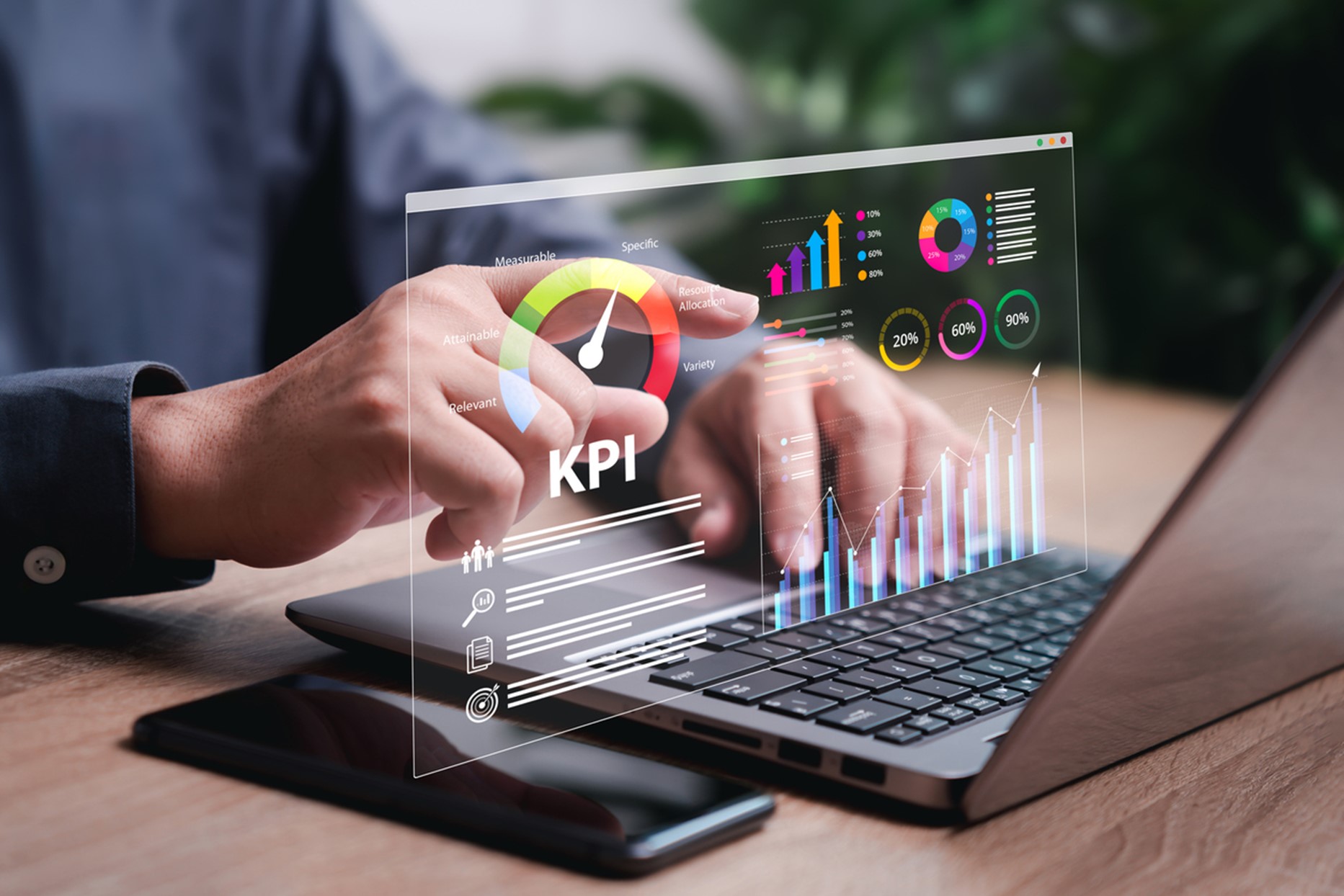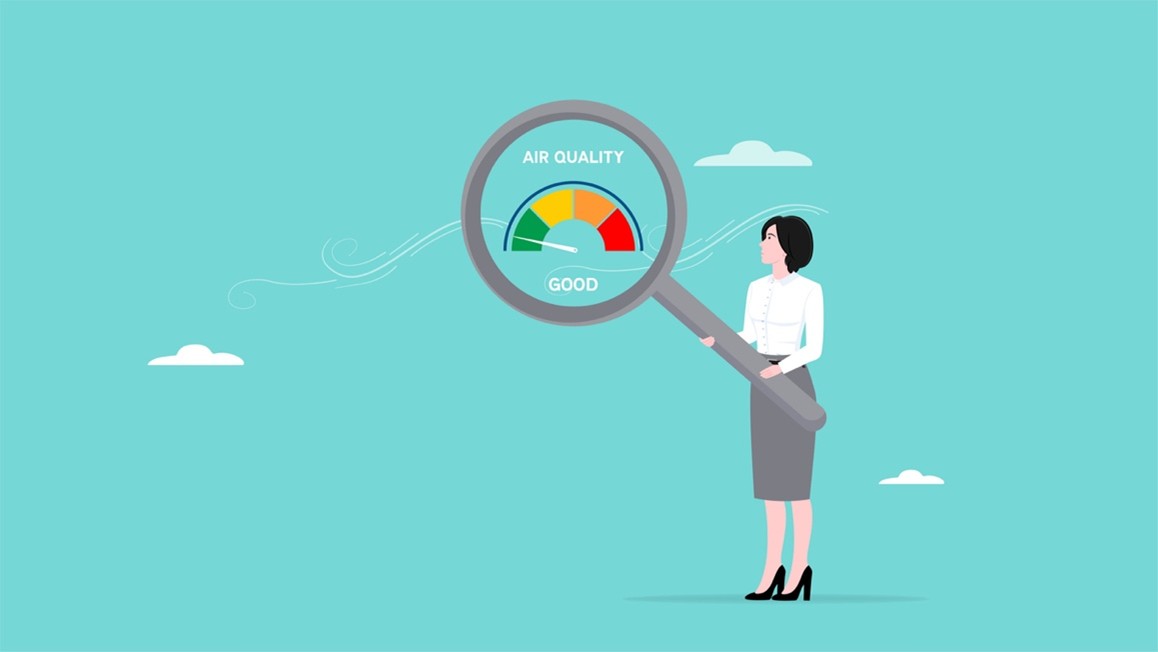This is Part 4 of a 5-part series. See: How School Leaders Are Using AI to Revolutionize Operations and Procurement for all articles in this series.
AI is rapidly transforming K-12 school procurement, empowering professionals to streamline workflows, analyze spending, and create more effective solicitations. As budgets tighten and demands for accountability grow, AI-powered tools¾ often called “wrappers” because they layer intelligence on top of existing procurement systems¾ are becoming essential for school district leaders seeking efficiency, transparency, and better purchasing outcomes.
Below, we explore the best AI tools, apps, and wrappers available for K-12 procurement professionals, how they’re being used, and what to consider when adopting them.
Why AI Matters in K-12 Procurement
AI tools automate routine tasks, analyze large datasets, and generate actionable insights. For procurement professionals, this means:
- Faster, more accurate spend analysis
- Smarter contract and supplier management
- Streamlined drafting of RFPs (Requests for Proposals)
- Enhanced compliance and risk management
By leveraging AI, schools can make data-driven decisions, reduce manual workloads, and adapt quickly to changing needs.
Leading AI Tools and Wrappers for School Procurement
AI-Enhanced Spend Analysis Platforms
AI spend analysis tools automatically categorize, track, and visualize purchasing data across departments. This helps districts identify cost-saving opportunities, spot inefficiencies, and ensure compliance.
Top Examples:
- Suplari uses AI to consolidate procurement data, flag anomalies, and recommend savings strategies. Suplari is used by districts seeking to optimize budgets and provide real-time visibility for administrators.
- Jaggaer is widely used in education for spend management, procurement, and supplier management. It is used widely by K-12 procurement professionals and has a robust spend analhysis and provides data-driven decision making.
- Precoro is a cloud-based procurement and spend management platform that uses AI-powered features to automate procurement processes, track budgets, and provide actionable spend insights. It is particularly easy to use and provides fast onboarding and strong customer support.
AI-Powered RFP and Solicitation Tools
Drafting RFPs is time-consuming and often requires specialized knowledge. AI tools can generate, edit, and refine RFPs, ensuring they are comprehensive and up-to-date.
Top Examples:
- Chatbot Wrappers (e.g., ChatGPT, Copilot integrations): Procurement teams can prompt these tools to draft or edit RFPs, generate evaluation criteria, and summarize vendor responses. For instance, Jordan School District uses AI chatbots to quickly compile RFP criteria and scope of work, saving hours of manual research.
- Equalis Group’s AI Model: This cooperative purchasing organization has trained its own AI to help districts develop solicitations, allowing for manual edits and iterative refinement.
AI Supplier and Contract Management Systems
Managing contracts and supplier relationships is critical for compliance and performance. AI tools help by automating contract reviews, tracking renewals, and monitoring supplier performance.
Top Examples:
- Keelvar: Specializes in AI-driven sourcing optimization, helping districts run complex sourcing events and evaluate supplier bids more efficiently.
- Terzo: Focuses on contract intelligence, using AI to extract key terms, flag risks, and ensure all obligations are met.
End-to-End Procurement Automation Suites
Some platforms offer a full suite of AI-powered procurement features, from requisition to payment.

Top Examples:
- Tonkean: Automates procurement workflows, integrates with existing systems, and uses AI to route approvals and flag compliance issues.
- Zip: Provides an AI-powered intake-to-procure solution, simplifying requests, approvals, and vendor onboarding.
Real-World Impact: Examples from the Field
- Jordan School District in Utah: Senior buyers use AI chatbots to draft RFPs, eliminating the need to search other districts’ documents. This has reduced drafting time from hours to minutes, while ensuring RFPs are clear, comprehensive, and tailored to current needs.
- Equalis Group: With its custom-trained AI, Equalis helps over 1,300 school districts develop solicitations that are more relevant and up-to-date, especially when procuring new technology or services.
Key Benefits for K-12 Procurement Professionals
- Increased Efficiency: Automates repetitive tasks and accelerates procurement cycles, freeing staff for strategic work.
- Cost Reduction: Identifies savings opportunities and reduces manual errors.
- Better RFPs and Vendor Responses: Ensures solicitations are clear, current, and comprehensive, leading to better proposals and solutions.
- Improved Compliance: AI checks for policy and legal compliance, reducing risk.
- Actionable Insights: Real-time analytics help districts make informed purchasing decisions.

Considerations and Best Practices
- Human Oversight Is Essential: AI-generated documents should always be reviewed by procurement professionals to ensure accuracy, relevance, and compliance.
- Data Privacy: Districts must safeguard sensitive procurement data and ensure AI tools comply with privacy regulations.
- Training and Change Management: Successful adoption requires staff training and ongoing support.
- Customization: Choose tools that can be tailored to your district’s unique needs and workflows.
AI wrappers, apps, and tools are revolutionizing K-12 procurement by automating manual processes, enhancing data analysis, and improving the quality of solicitations and contracts. Platforms like Suplari, Keelvar, Tonkean, and Equalis Group’s custom AI are leading the way, helping procurement professionals save time, cut costs, and achieve better outcomes for their schools. As adoption grows, the most successful districts will be those that combine the power of AI with strong human oversight and a commitment to continuous improvement.
Note: This article used AI for research, outlining, and idea generation. This article is based, in part, on information from the following sources
- https://ed-spaces.com/stories/navigating-ai-in-k-12-procurement/
- https://www.govtech.com/education/k-12/how-ai-is-changing-procurement-for-k-12-education
- https://marketbrief.edweek.org/strategy-operations/ai-is-beginning-to-shape-school-district-rfps-and-companies-response-to-them/2025/02

Leslie Stebbins is the director of Research4Ed. She has more than twenty-five years of experience in higher education and K-12 learning and instructional design. She has an M.Ed. from the Technology Innovation & Education Program at the Harvard Graduate School of Education and a Master’s in Library and Information Science from Simmons College.








